Tackling the climate challenge head on
Energy briefing update - March 2021
This issue we feature BlueScope Steel as an Australian business leading in energy and carbon management.
Click here to return to the first edition of the energy briefing update.
Photo: Craig Nealon, BlueScope Steel
Action on climate is more complex for some sectors than others, but BlueScope Steel is up for the challenge.
The transition to a net zero economy poses different challenges for different parts of the economy. In buildings, the technology to move to net zero is already with us; the task is scaling up the effort to retrofit millions of buildings across the country. However, for industries such as steel, aluminium, LNG, and chemicals – which produce more than a quarter of Australia’s annual greenhouse gas emissions – the challenges are more complex.
These industries are large-scale, capital-intensive operations. Investments in core process technologies are “lumpy”, based on long-term planning and significant expense. And the technology to replace current carbon intensive infrastructure is often still being developed.
However leading businesses in these industries are tackling the task head on. Last month, BlueScope’s Managing Director and CEO, Mark Vassella, said that tackling these challenges is crucial.
“We recognise that the future of iron and steelmaking will need to be centred around breakthrough technologies – once proven and scalable. Exciting work is being undertaken around the globe to explore breakthrough ‘green steel’ ironmaking technologies – including using hydrogen and electrolysis.”
While BlueScope explores the prospects of green steel, they are heavily backing energy and productivity improvements that are available now. For BlueScope, being Australia's 15th largest corporate emitter, this is still no small task. Since 2005, the company has reduced emissions from its Australian footprint by approximately 40 per cent through reducing ironmaking capacity, as well as energy and resource efficiency and increasing scrap melting capacity.
A supporter of the Paris agreement, in 2018 the company committed to a further 12 per cent reduction in emissions intensity by 2030 at its steelmaking facilities. From there, they have continued to invest in improvement projects across the business as part of their Energy Management System and Climate Change Strategy. Initiatives include accelerating action towards achieving net zero emissions across critical sectors under the umbrella of the Australian Industry Energy Transitions Initiative (ETI). Pursuing renewable energy opportunities is another focus area for the company, including signing a power purchase agreement (PPA) in 2018 equivalent to 20 per cent of their electricity usage.
More recently, BlueScope has started working with their wider supply chains, announcing an investment of $20 million for innovators and entrepreneurs delivering next generation renewable energy infrastructure in NSW. Steel is a key material input into wind turbines, hydropower and solar power, as well as electricity transmission infrastructure. Since most renewables infrastructure is manufactured offshore, there is a big opportunity to support local supply chains while reducing transport related emissions.
Further, BlueScope has appointed a Chief Executive of Climate Change to lead a dedicated corporate climate change function and will release its longer-term abatement strategy later this year.
Given green steel technologies are still some time away, BlueScope is also assessing energy and productivity improvements to their core process. The assessment includes a reline of the mothballed No. 6 Blast Furnace at Port Kembla in combination with measures to reduce carbon emissions intensity of iron and steelmaking. A broad range of measures are being evaluated such as raw material optimisation, increasing the use of waste heat and gases, and potentially replacing a proportion of coal with alternative reductants like biomass or hydrogen-rich coke ovens gas. Further increased rates of scrap usage, and greater use of renewable energy, are also being considered.
Green steel remains the holy grail, but BlueScope is not waiting for this breakthrough technology to take action. Rather, BlueScope is taking control of the emissions that can be cut right now and blazing a trail towards a twenty-first century industrial economy.
To learn more about BlueScope Steel's leadership in energy and carbon management, listen to episode 39 of First Fuel: 'One of the big ones' with Bridgette Carter, or read about BlueScope's industry-best practice energy management, as illustrated in the third edition of the briefing for Australian businesses.
Bridgette Carter is Manager Energy Sourcing & Utilisation at BlueScope Steel, and Deputy Chair of the Energy Users Association of Australia.
Click here to return to the first edition of the energy briefing update.
About Navigating a dynamic energy landscape
There is an enormous amount of information on energy in the public domain, yet it can be hard for business leaders to extract what matters for their businesses.
Navigating a dynamic energy landscape: a briefing for Australian businesses is an executive-level briefing designed to cut through the noise and help businesses confidently navigate Australia’s dynamic energy landscape.
The sector spotlights and other resources that accompany the briefing exist to support this aim.
This initiative is delivered by the Energy Efficiency Council with the support of industry and the NSW Department of Industry, Planning and Environment.
To learn more visit energybriefing.org.au.


